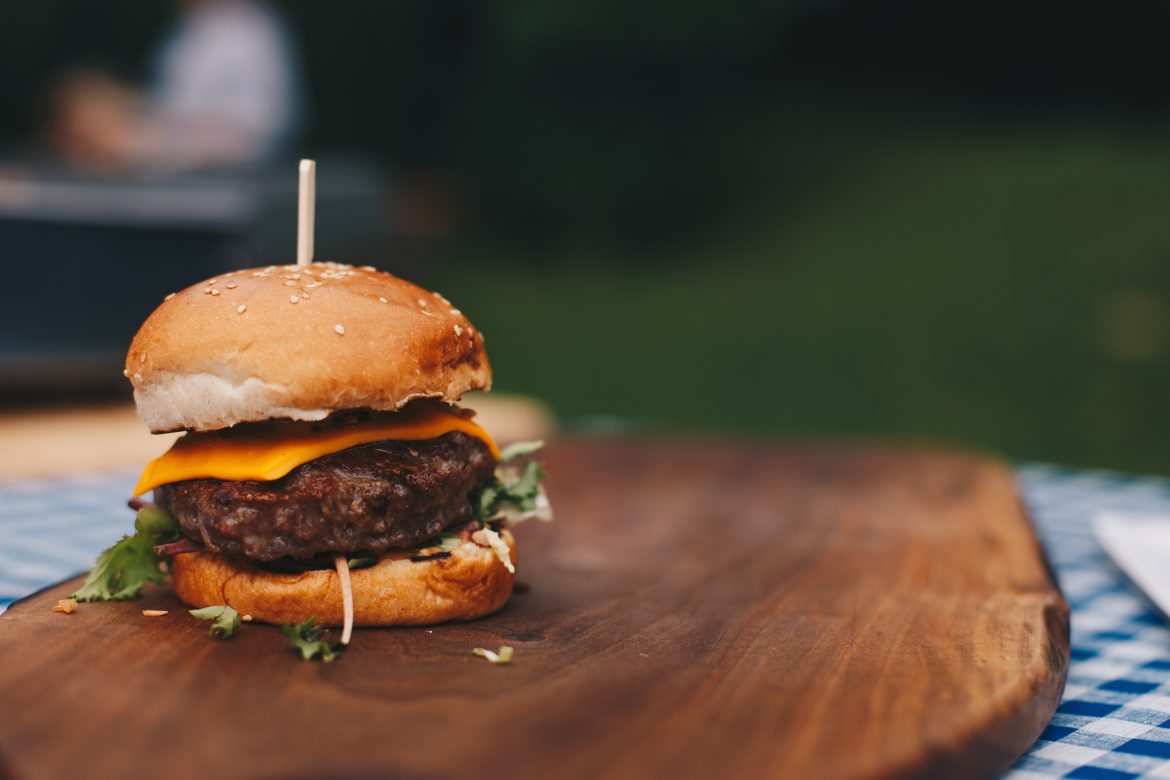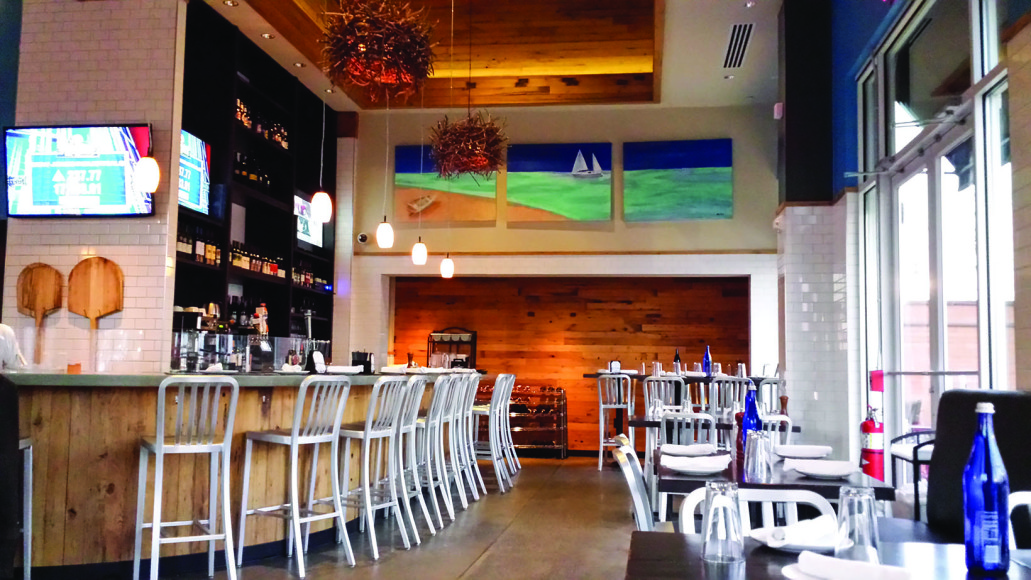Whether you call it grilling, a barbeque, or a cookout, preparing a freshly cooked meal outside is a perfect way to enjoy spring and summer.
By Rachel Arroyo
Getting together with close friends and family to share alfresco meals during the warmer months is a longstanding tradition for us New Englanders.
Attend any New England cookout this season, and you are sure to find a selection of perennial favorites: hot dogs and hamburgers, steak tips and garden-fresh salads, as well as seafood, including the humble clambake, a regional dish adopted from the area’s Indigenous Peoples by early settlers.
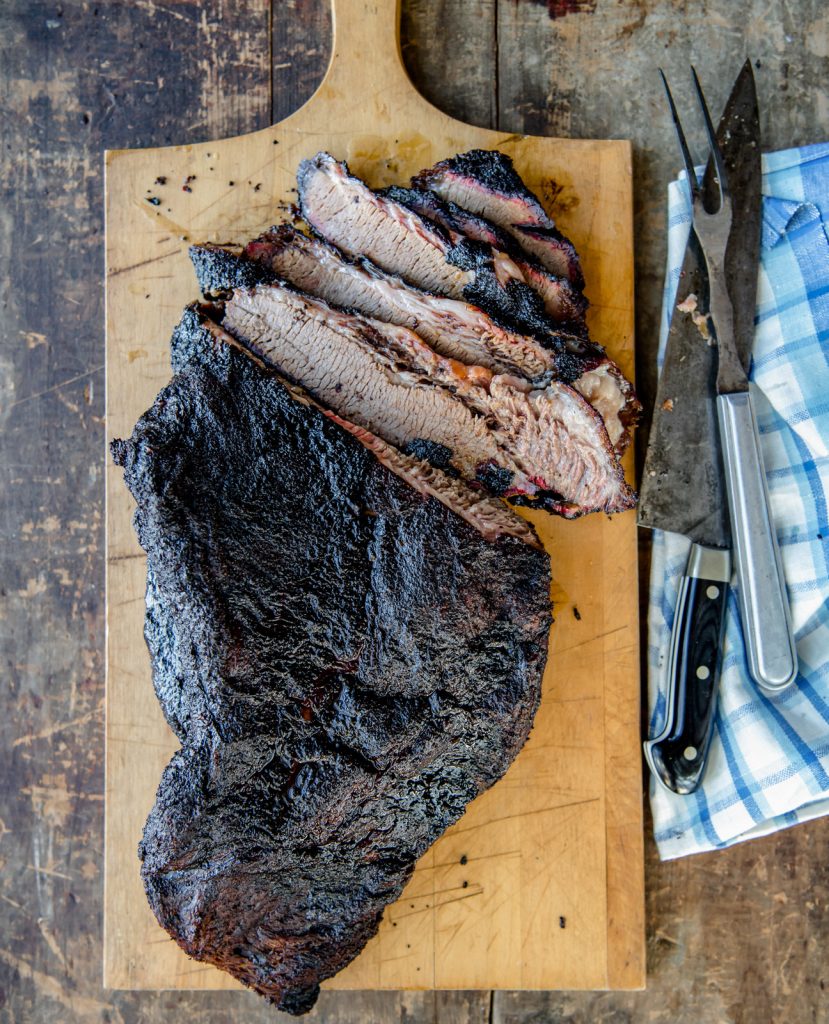
But don’t be surprised if you also discover some new favorites added to the picnic table. Emboldened by the wealth of online recipes and how-to cooking demonstrations, home chefs are now more willing than ever to experiment with different ingredients and cooking techniques.
“The evolution of outdoor cooking has been amazing to watch,” says Jeremy Sewall, an award-winning chef, author, and Boston restaurateur. “The equipment you can buy for your backyard is so much better than when I was a young guy, and what my dad used to buy: Nowadays, people have smokers in their backyards, Blackstone flat tops, wood grills, and wood ovens.”
Despite a common misconception, grilling and barbecuing are not the same. American barbecue is slow-cooked with indirect fire made of hardwood or charcoal, while grilled food is cooked with direct heat from below.
“We are in such a cool time for food,” with so many people focusing on the craft of cooking, says Andy Husbands, an award-winning chef, author, and pitmaster who owns six barbecue restaurants in the Boston area. Husbands, a 2009 New England BBQ team member who won the coveted Jack Daniels World Championship Invitational Barbecue, says people often ask for barbecuing tips on social media. The most common question: “Why is my brisket so dry?” The answer most often lies in the cut of meat: instead of purchasing a flat brisket, a whole brisket should be selected. When it comes to grilling, Husbands—whose favorite cookout food is a perfectly prepared burger—prefers to grill with wood or charcoal (as opposed to gas) because the intensity of the heat creates a really nice char.
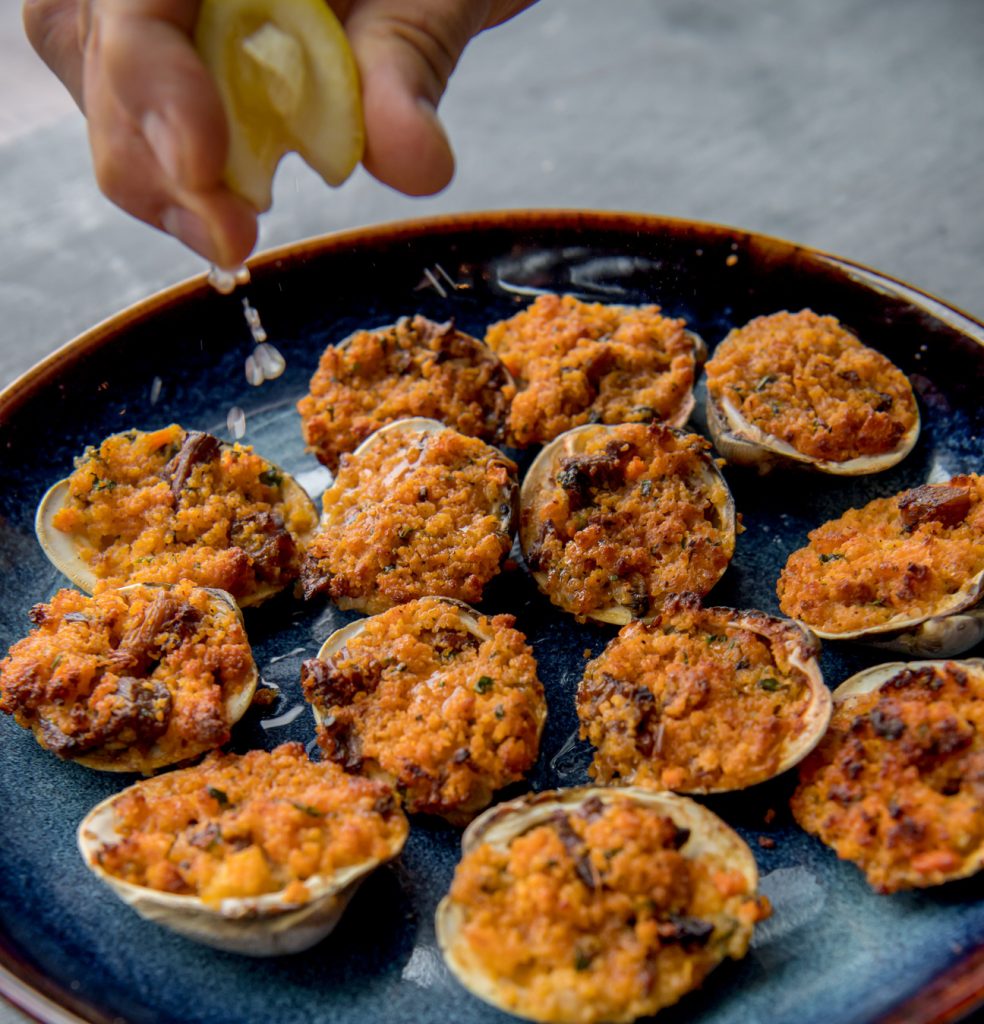
To create the ideal hamburger, Husbands, the co-author of the cookbook Wicked Good Burgers, recommends buying good-quality meat and forming the patties in the morning, when the temperature is cooler, to help prevent a crumbly burger. “Don’t shape [the burger patty] like a frisbee with the sides tapering at the end because you want it to cook consistently,” he says, adding that a slight thumbprint indentation in the middle of the patty also helps to maintain an even thickness throughout. And, of course, don’t forget to clean your grill before cooking.
Andy Husbands glazes his award-winning St. Louis pork ribs at his outdoor smoker. Like anything in life, grilling and barbecuing take practice. Beth Wilson, co-owner and general manager of Foster’s Clambake and Catering in Maine, is an expert on clambakes, a beloved New England summertime tradition with many variations.
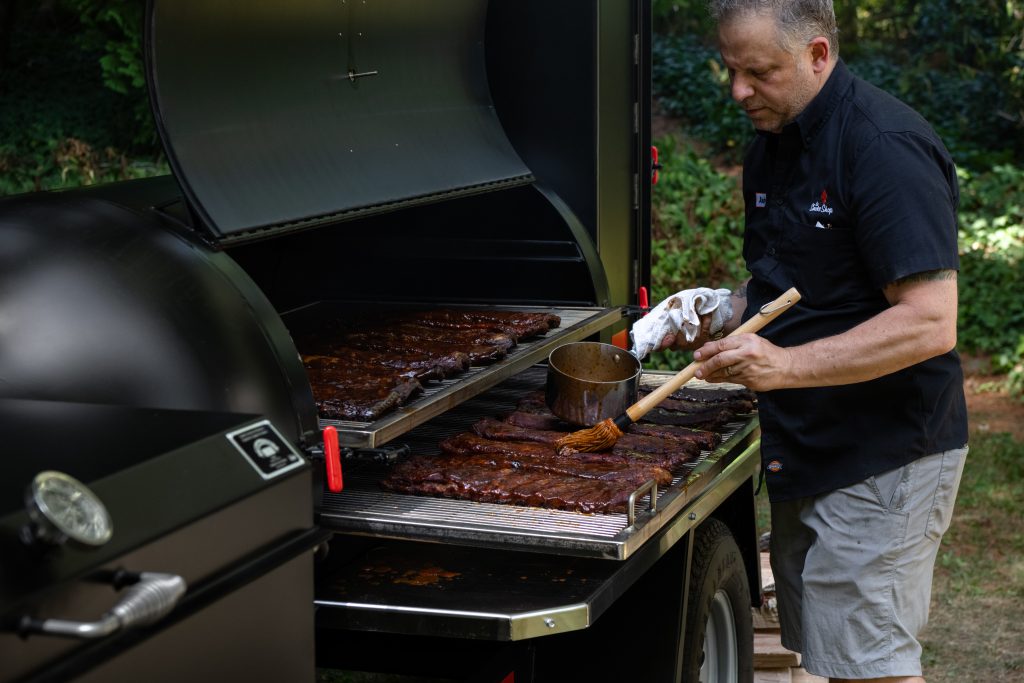
“A lot of people ask if we use seaweed,” she says, which is the traditional way to prepare a clambake: The region’s Indigenous Peoples would steam local shellfish in a sand pit of hot rocks layered with seaweed. “We used to use seaweed,” she says, “but seaweed really permeates the flavor of everything, which is great for some people, but for others, it’s a turn-off.”
Foster’s Clambakes and Catering has a unique cooking method for their clambakes: Over a wood-burning fire, a frame holds a pan of water and a wooden box with a screened-in bottom that’s layered with enough potatoes, onions, corn, lobsters, and clams to feed up to 200 people. The result is an entire meal imbued with a nice, smoky flavor from the fire. “It’s an experience, not just a meal,” says Wilson For backyard chefs who want to create their own clambake, Sewall suggests using a large pot for cooking your favorite clambake ingredients–clams, mussels, lobster, corn on the cob, potatoes, and Portuguese sausage–to create an authentic clambake experience. “The fun part of the meal is that it is family style,” he says. “You are eating with your hands. It’s a messy, delicious experience. Embrace it.”
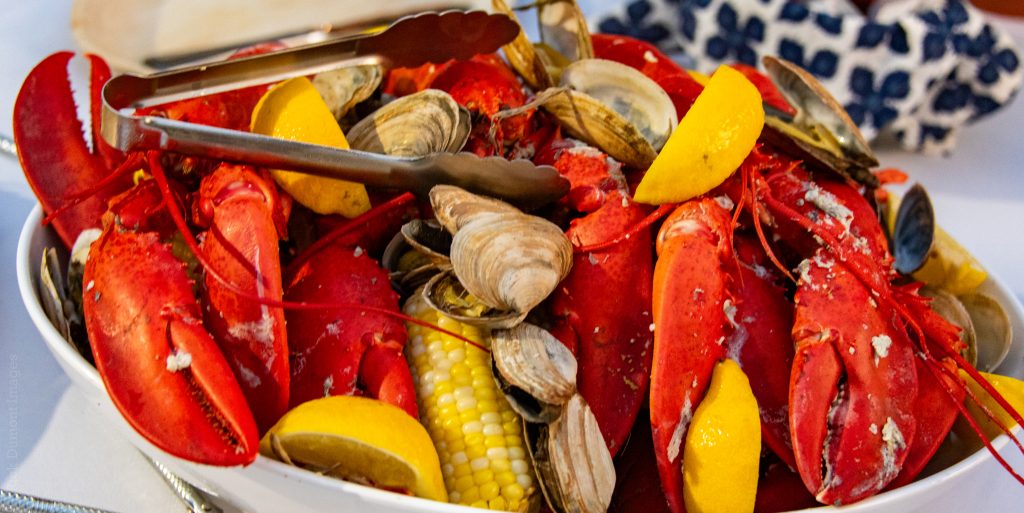
Regarding cookout food trends, Husbands says he sees people utilizing big cuts of meats, such as tomahawks, bone-in pork loin, and grilling oysters. More worldly flavors, like chimichurri and kimchi, are also popular.To appeal to people who are vegetarians or have a gluten- free diet, in addition to meat-alternative burgers, Wilson says side dishes like potato salad are being swapped for alternatives such as “quinoa, grilled veggies, or a shaved kale and Brussel sprout slaw that is not mayonnaise-based.”
Whether you are a fan of serving classic cookout fare or someone who likes to experiment, Sewall’s advice for throwing a successful cookout this season is timeless: “Don’t try to do too much. Less is more,” he says, adding that what is most important is to “get as much done ahead of time so that you can enjoy the people you are with” during the balmy days and nights of a New England summer.

